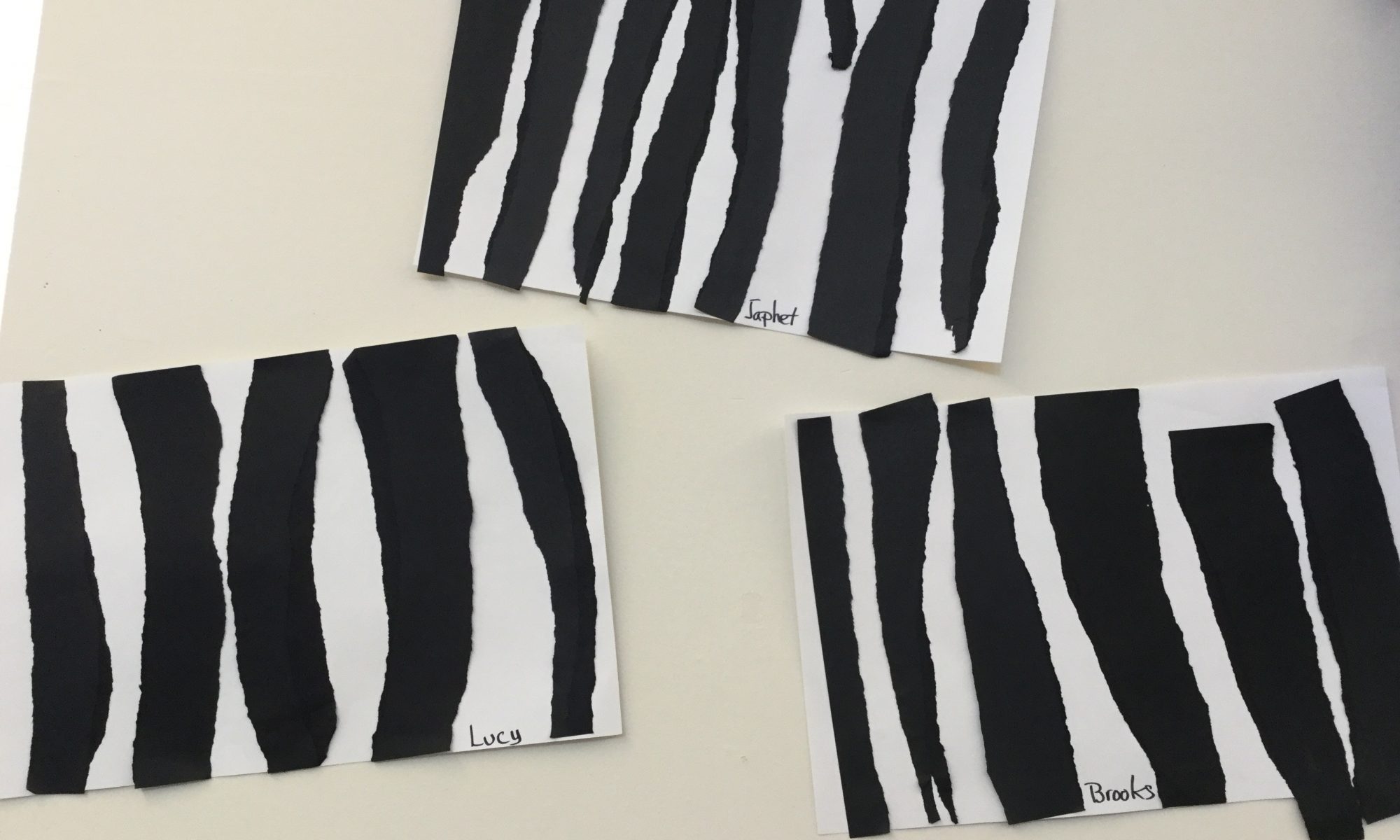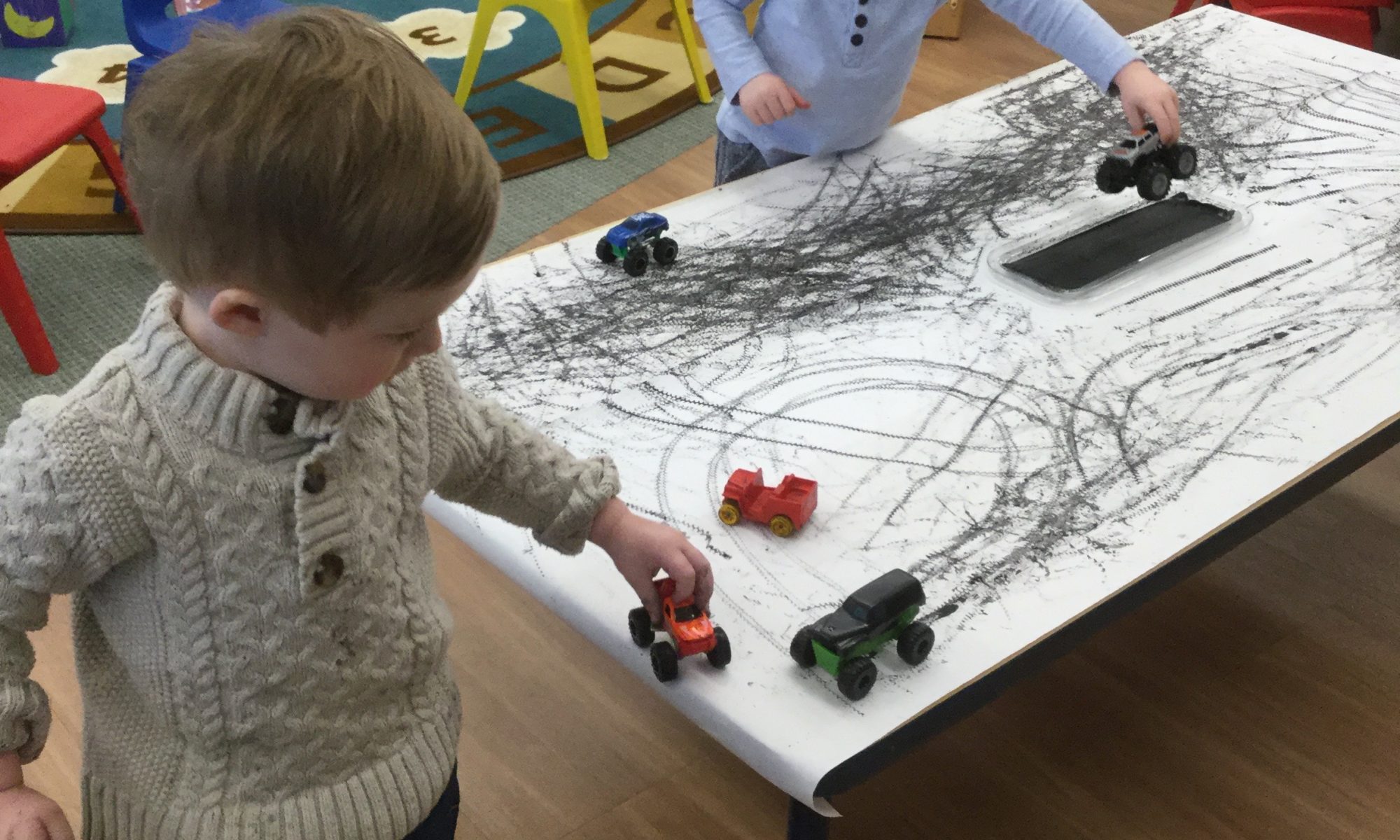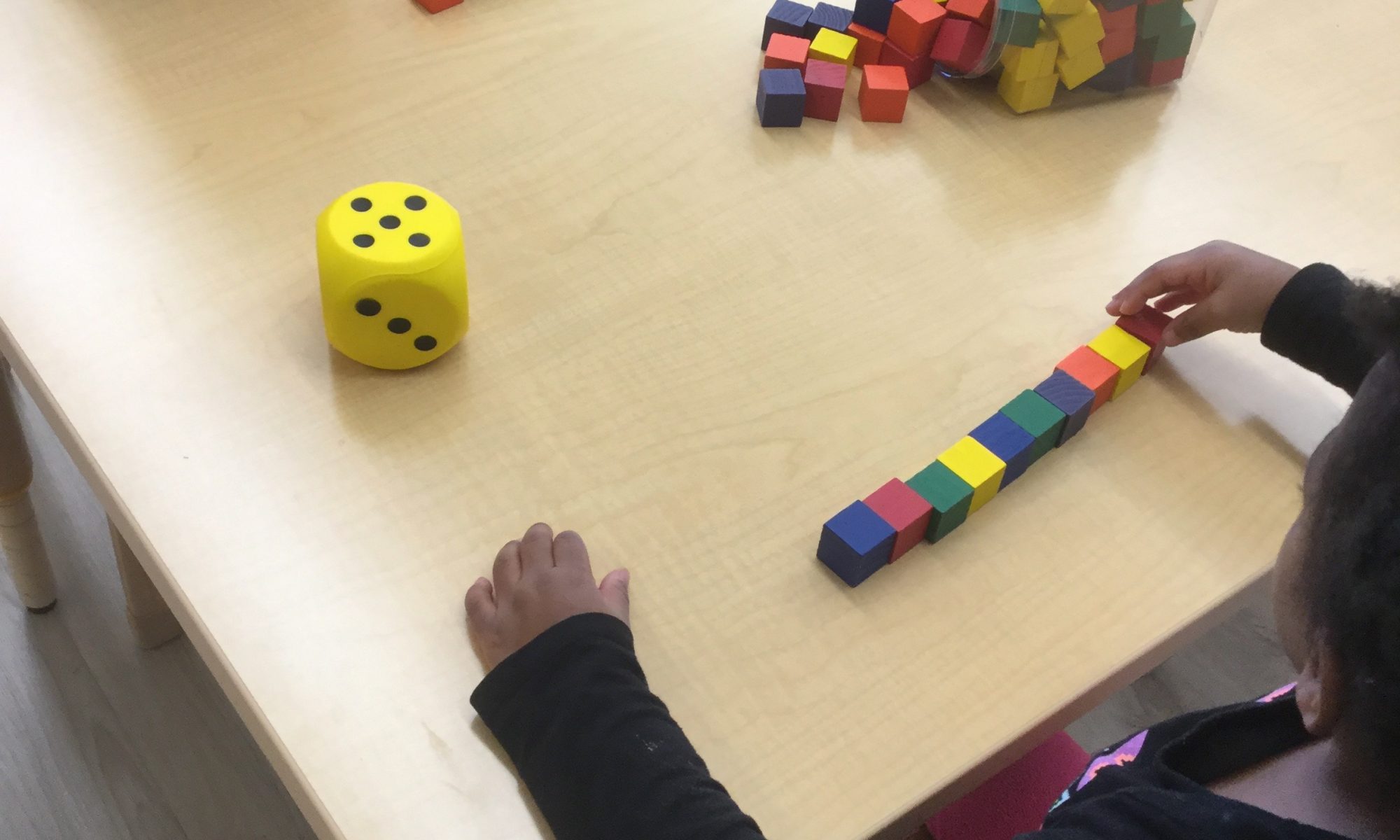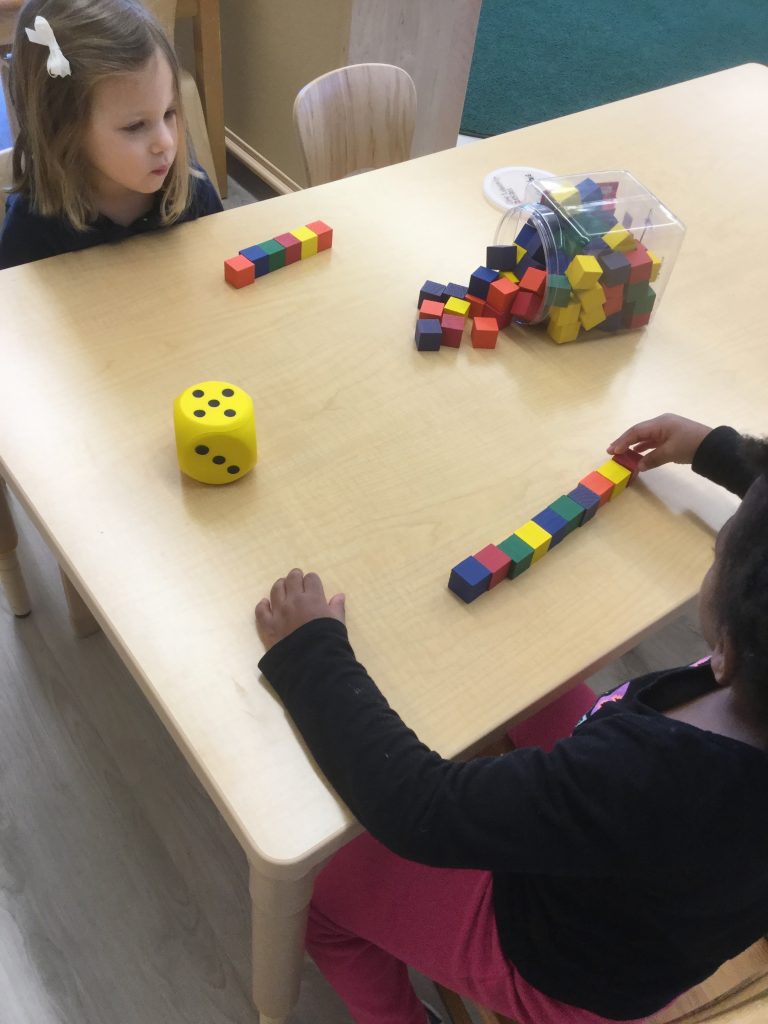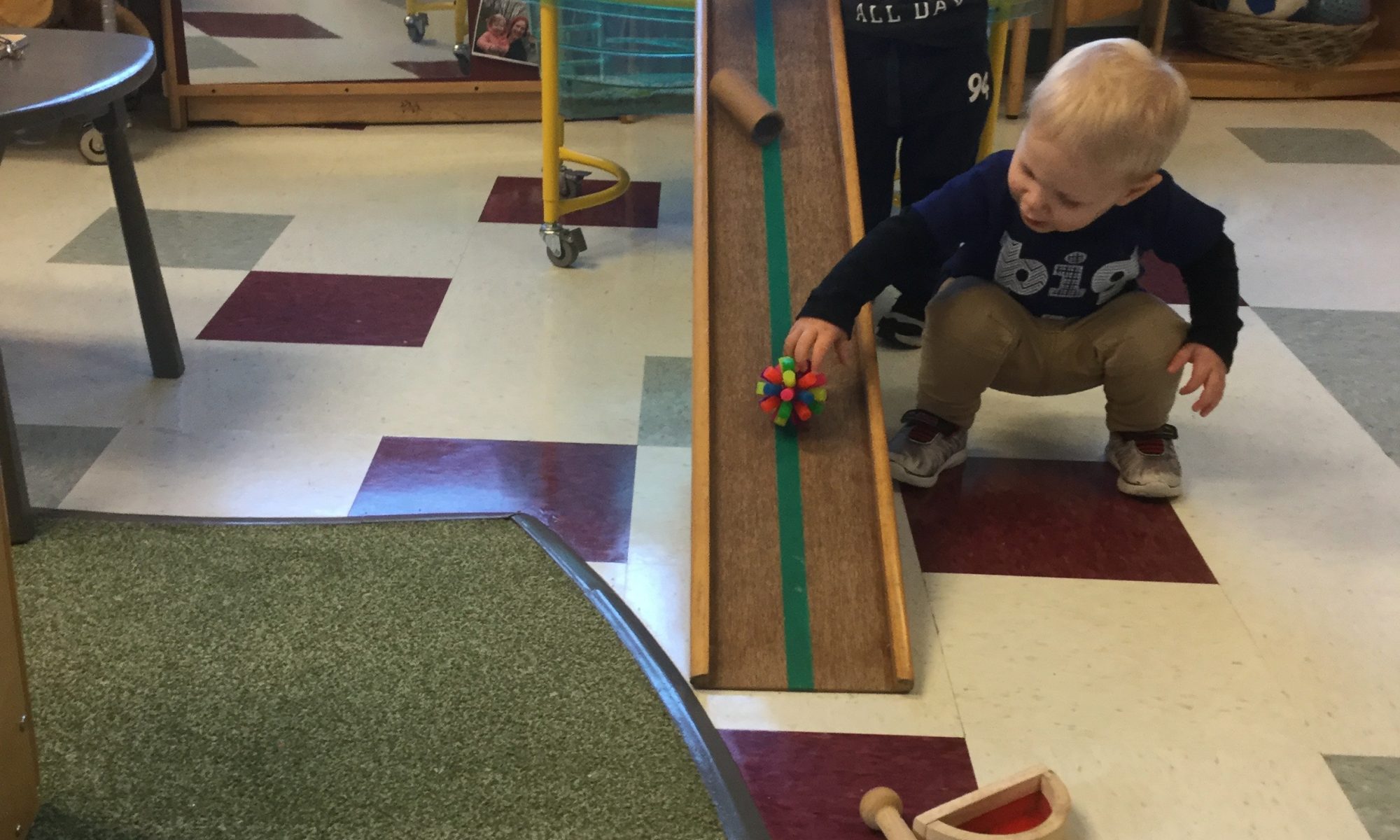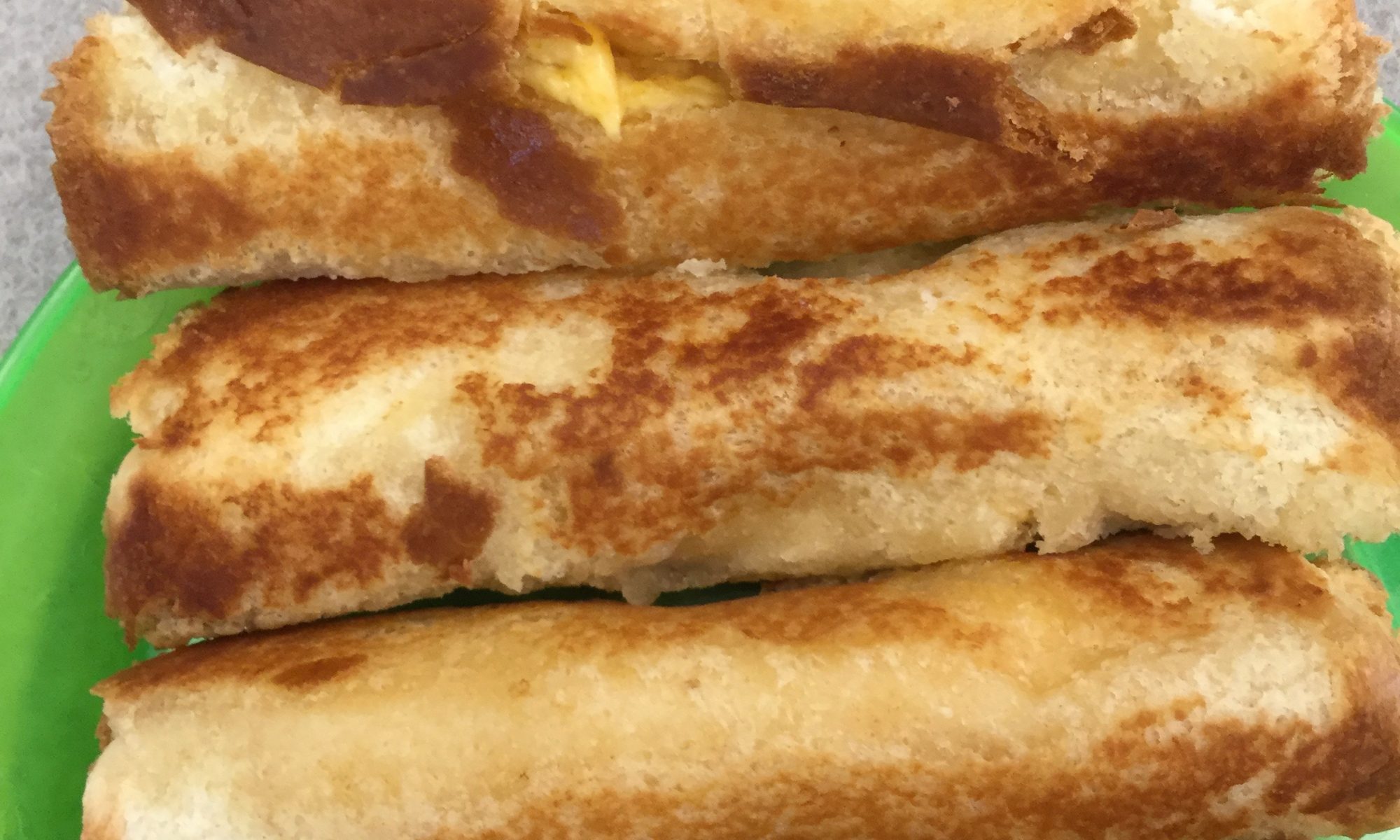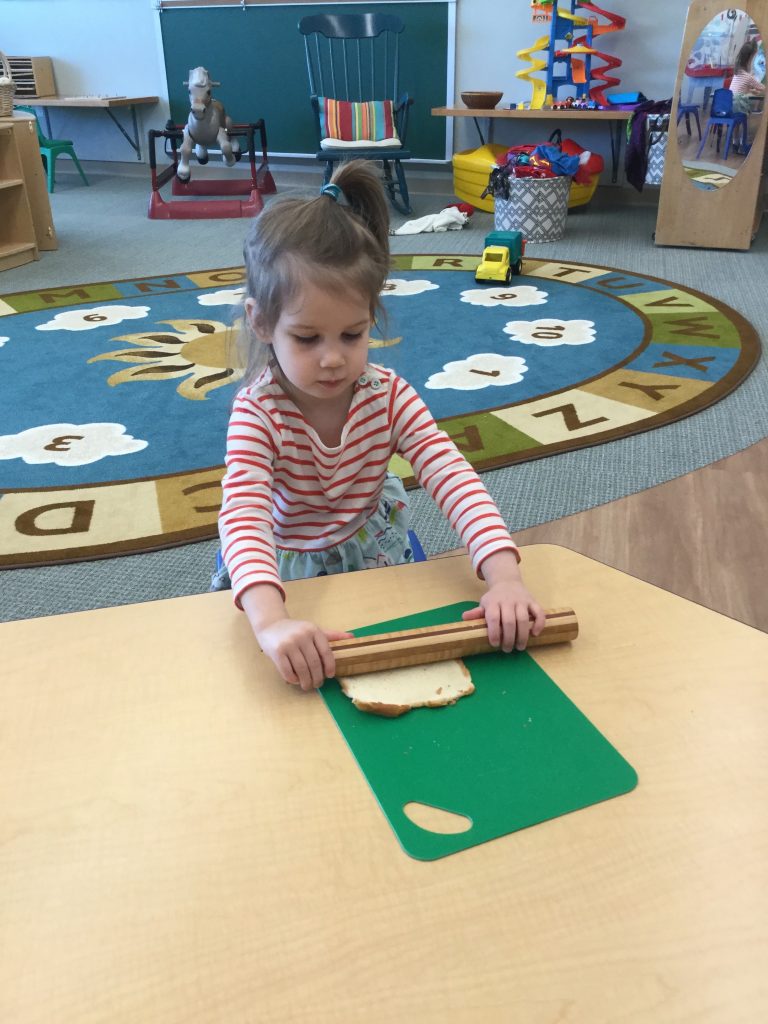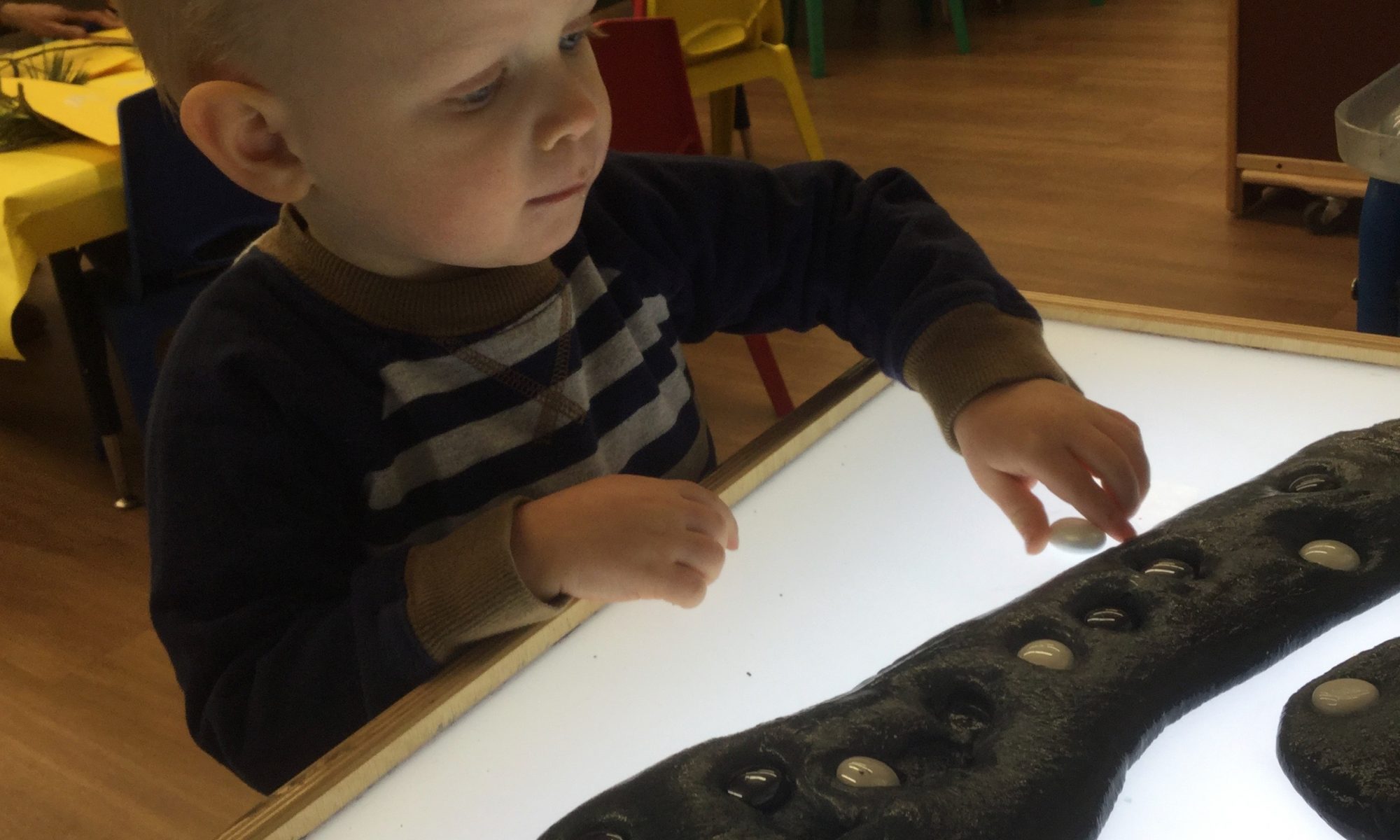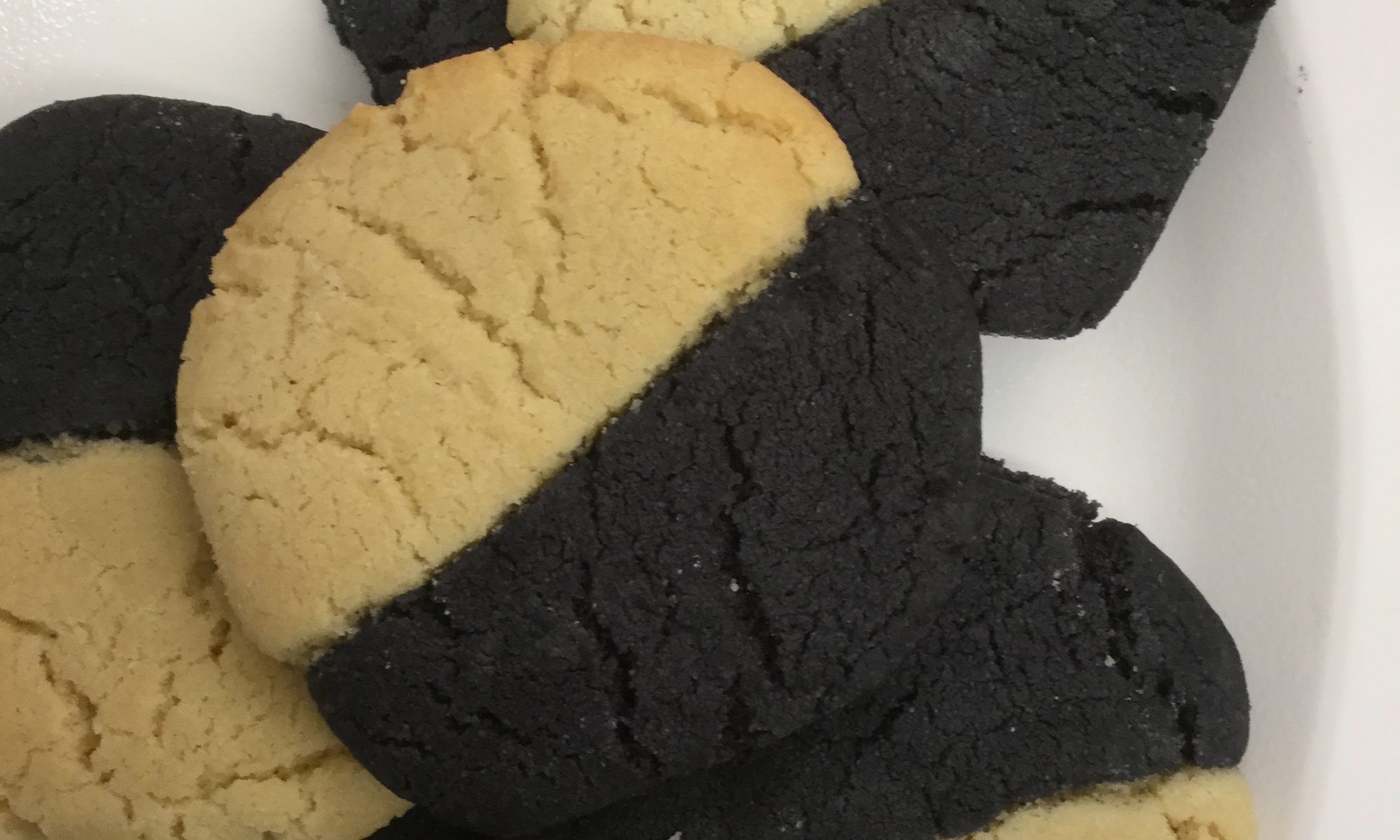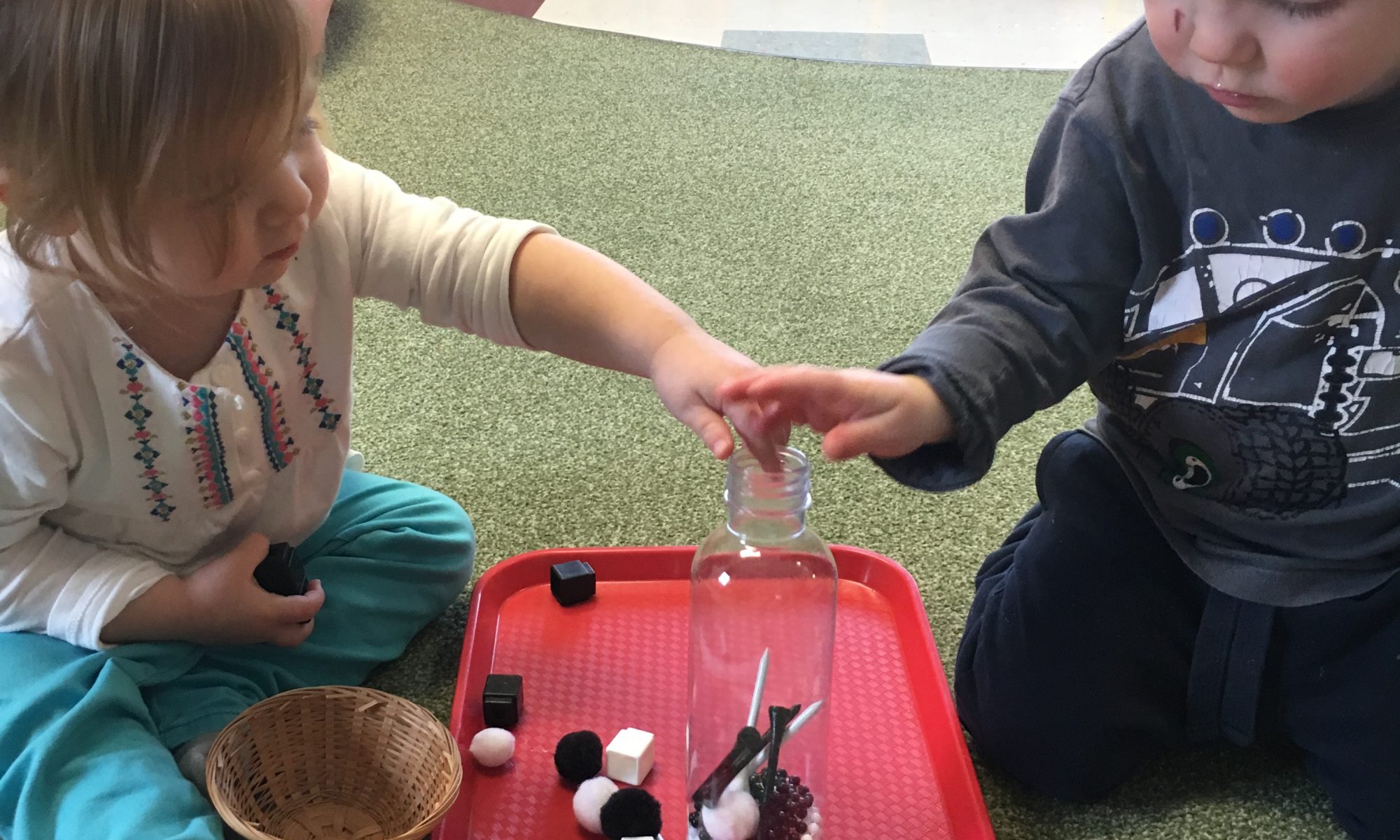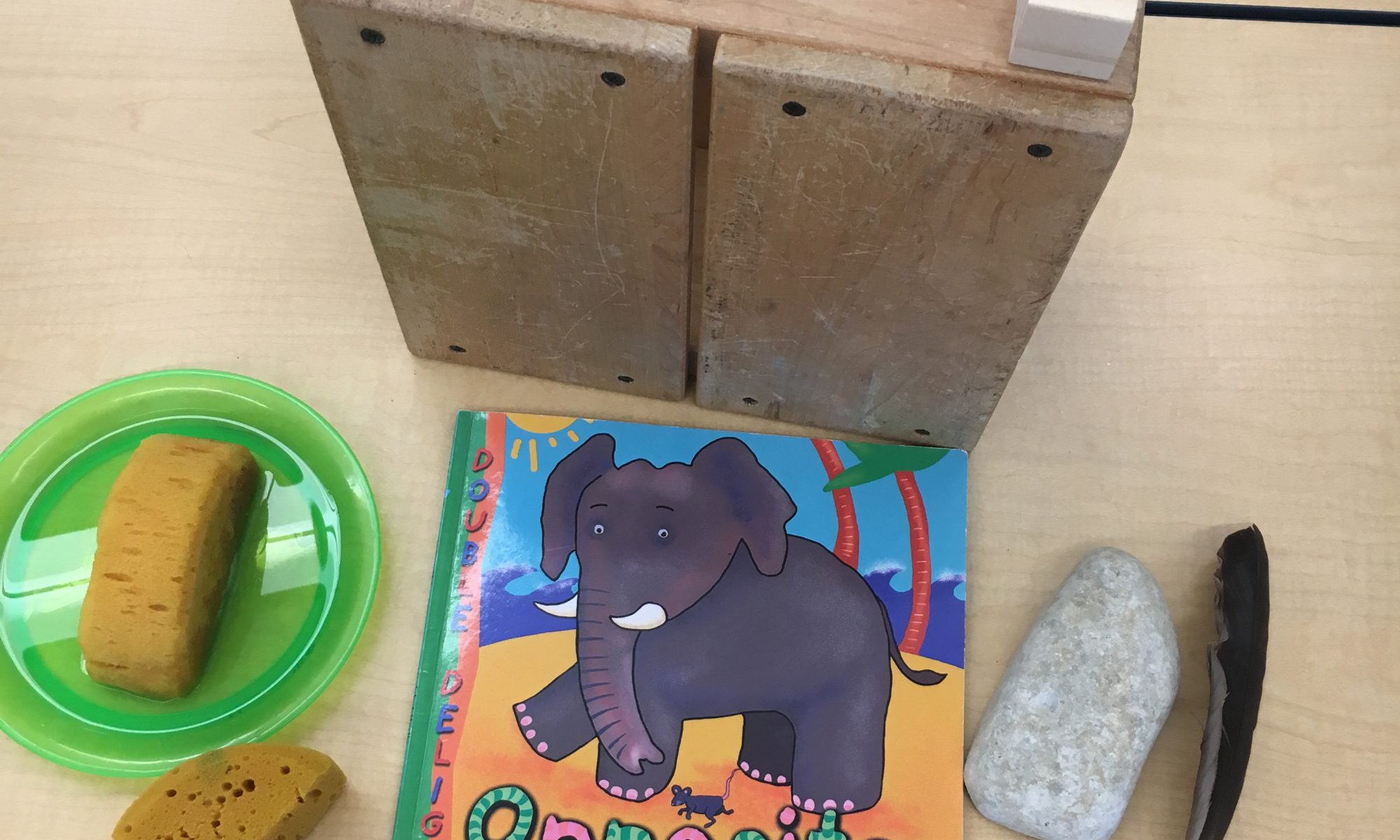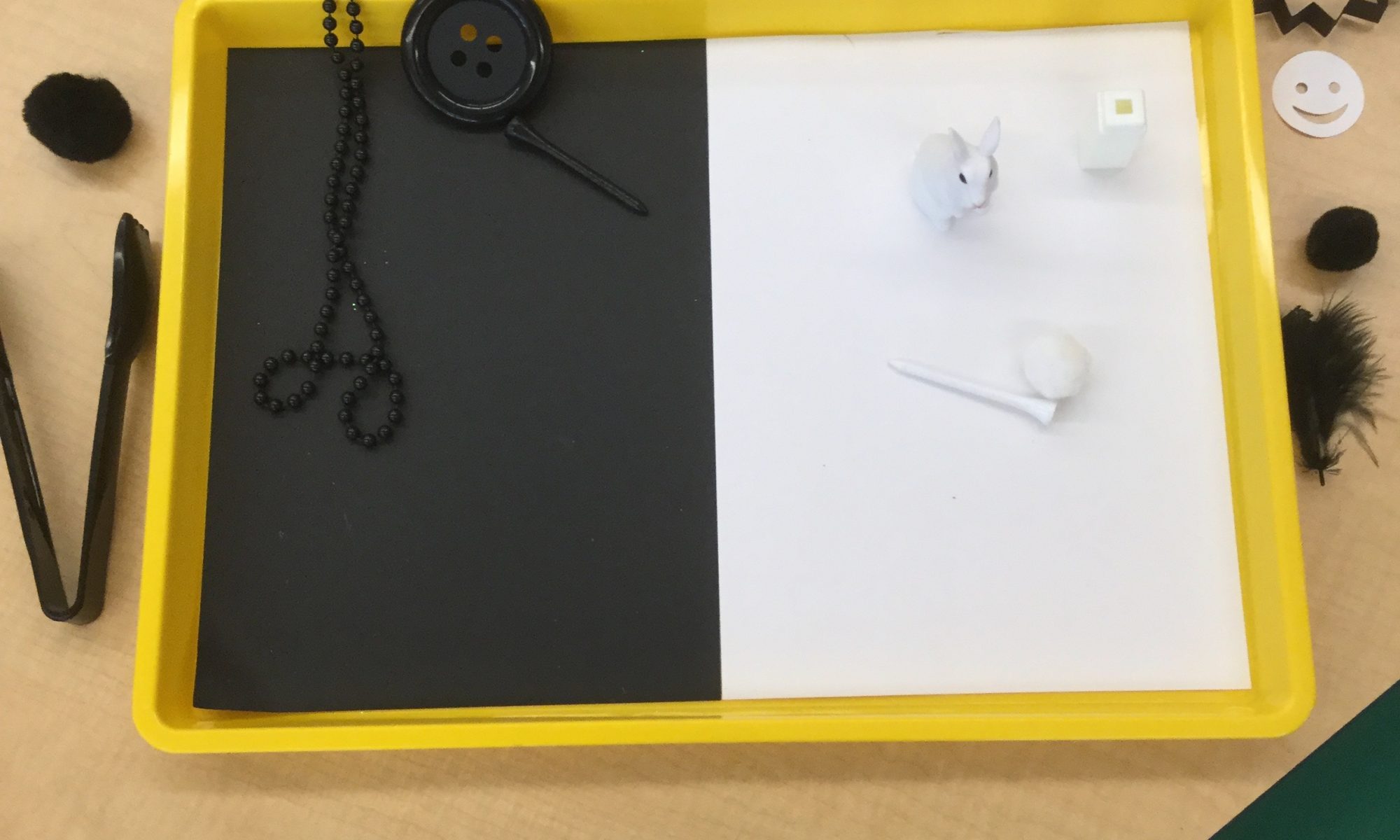Materials:
9” x 12” sheet of white construction paper
9” x 12” sheet of black construction paper
Glue stick
Children’s book with pictures of zebras
Instructions: If your child has never seen a zebra at the zoo, be sure to look for a children’s book about zebras, or google a short video about zebras. You can find several on YouTube. After seeing several pictures of zebras, tell your child you’re going to make some stripes that look just like zebras! Take the black sheet of paper, and holding it lengthwise, demonstrate how to rip the paper in strips, starting at the top and going down to the bottom. It doesn’t matter how wide the strips are. You may have to help hold the paper at the top when your child is ripping straight down.
When he’s ripped the paper into strips, lay the first strip on the white paper. Use a glue stick all the way up and down the strip and stick it to the white paper. Take another strip, apply the glue stick, and stick it next to the first strip, leaving a strip of white space in between. Continue to glue more strips, being sure to leave some white space in between. When you’re done, I think you’ll agree it looks like zebra stripes!
You can make tiger stripes by using orange construction paper with black strips of construction paper.
Pinching the paper at the top and tearing it downward is an excellent fine-motor exercise. Encourage your child to tear all the strips first. Applying the glue is also a pre-writing skill. Make sure to apply enough glue stick and press firmly so the stripes stay on the zebra!

